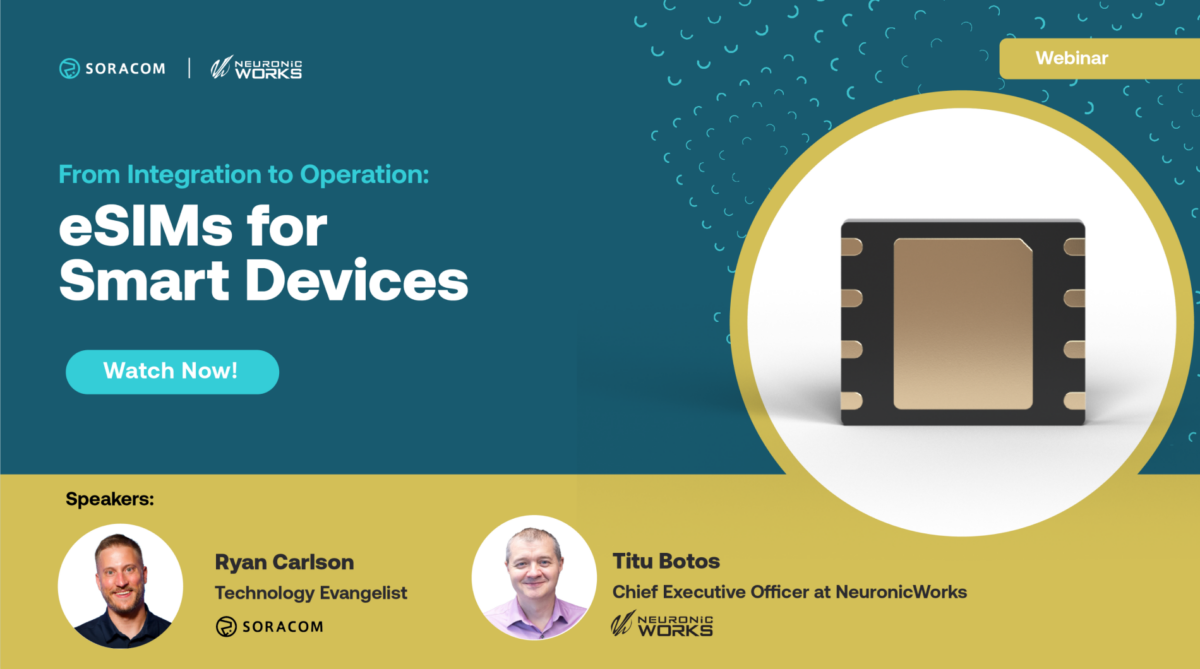How to connect to a cellular IoT network

More and more, software developers are finding themselves dragged, by inclination or necessity, toward the physical world. Thanks to the ever-advancing tide of devices, sensors, and actuators flowing into the IoT market, technically oriented people are experiencing an unprecedented opportunity to expand their skill set and deliver value with a new stack.

Of course, there’s a hitch. Actually, there are two… but let’s deal with the first one first: connecting physical devices to the familiar cloud-based development environment. When there’s constant power, or no need for a specific low-power requirement, the natural answer is to use the cell network — it’s already there, someone else rolls it out, maintains it, and optimizes it. So, how to connect the device to it? Well, to connect to a cellular network, you need a SIM card. How to get one of those?
And so the developer Googles it, searching for something like “IoT SIM”.
Or they grab what they know — the natural thought being, let me snag a SIM from the same company that provides my cellular service.
Most inherently know that, if they invest enough time into learning the various solutions that IoT or M2M SIM providers offer, they’ll find something a little bit better than what those two options might yield. Maybe something with slightly better coverage, or slightly better cost, but probably not much more.
Fair enough. But not all SIMs connect to the same services or the same platforms. In terms of both cost and capability, a little research can actually pay off handsomely. Especially early in development, the last thing a developer needs is to be locked into a contract with escalating tariffs, or on the hook for a rate plan that turns out to be poorly aligned to their actual data needs.
But that leads us back to our second hitch: device development environments are not the same as cloud-based ones. Faced with the need to either bring in some gig expertise or learn about new protocols and development languages, connectivity should be selected with this second hitch in mind. Does the provider’s platform offer (reasonably priced, pay-as-you-go) tools to help the developer actually connect a device?

After all, the IoT has some very specific challenges including:
- constrained devices
- new development environments
- increased attack surfaces
- power management
- cellular opex
- cloud resource adaptation
- network management
Faced with this, the developer of an IoT solution can either very quickly develop superhuman learning skills and absorb all that needs to be learned, or leverage purpose-built cloud connectivity platforms that start with the SIM and end with northbound cloud APIs.
The power of knowing that these things are in hand, without a mountain to climb, can be the difference between delivering effective IoT solutions and getting stuck in the cloud, wondering what all the IoT fuss is.






